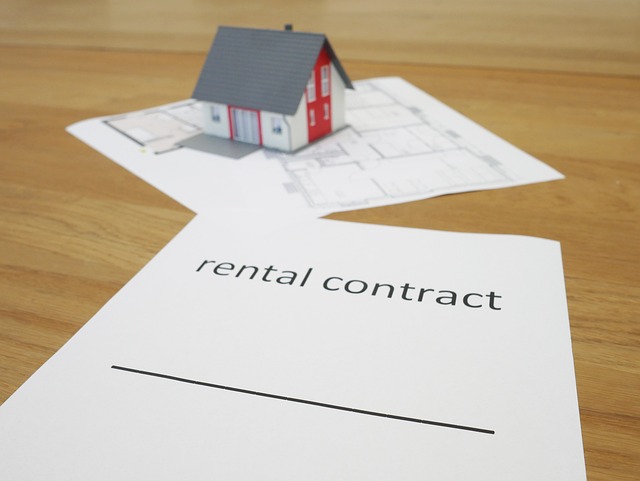Turning Urban Decay into Opportunity – The Revitalization of Abandoned Properties
Is there a hidden gem in the rough of urban property decay? This article delves into the opportunities in revitalizing abandoned urban properties, traces its historical evolution and shares insights on how to maximize this unique investment opportunity in today’s real estate market.

Historical Background and Key Developments: Unearthing the Value in Abandonment
The 70s and 80s saw a surge in urban flight in major US cities, leading to an increase in derelict properties. Yet savvy investors didn’t see these properties as eyesores. They were hidden opportunities — tangible assets just waiting for a revival. Over the following decades, as gentrification become a buzzword in city planning, the philosophy of revitalizing abandoned properties became an acceptable, and even preferred, investment strategy.
Market Trend Analysis: The Resurgence of Forgotten Spaces
Recent years have seen a spike in the demand for unique urban spaces, driven largely by millennials wanting to break away from traditional suburban living. This shift is breathing life back into forgotten neighborhoods. Investors who are able to see past the initial drawbacks and understand the potential of these abandoned properties have an opportunity to ride this wave of urban revitalization.
Revitalization Strategy: The Pros, Cons and Impact
Despite their attractive return potential, revitalizing abandoned properties isn’t without its hitches. Issues such as property title confusion, community backlash in the face of gentrification, and significant initial renovation costs can deter some investors. However, those who persevere can reap the rewards of property value appreciation and potential tax incentives for urban renewal projects. Furthermore, the social impact of rejuvenating a neighborhood can’t be understated, often leading to improved local economies and increased community cohesiveness.
Research Insight: Validation of Abandoned Property Investments
Research into real estate market trends validates the opportunities in the urban decay sector. A study by the Urban Institute, for instance, cites the rising demand for housing within urban boundaries. Meanwhile, the National Association of Realtors reports increased values in revitalized neighborhoods, signaling a positive direction for investors in this area.
Maintaining a Balance Between Investing and Community Building
While investors dive into the abandoned properties market, it’s crucial to maintain a balance between potential profits and the impact on existing communities. A mindful approach,where investors work with local authorities and residents to minimize displacement, can lead to successful projects that benefit everyone involved.
Revitalizing abandoned urban properties is a unique, intriguing investment strategy. For the bold and insightful investor, unveiling the beauty buried in urban decay can lead to significant financial rewards, while positively transforming neighborhoods and supporting thriving local economies.




